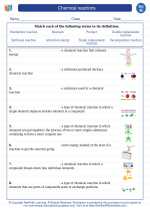Atomic Mass
The atomic mass of an atom is a measure of the mass of an atom. It is the total mass of protons, neutrons, and electrons in a single atom, measured in atomic mass units (amu).
Protons, Neutrons, and Electrons
Protons have a positive charge and are found in the nucleus of an atom. Neutrons have no charge and are also found in the nucleus. Electrons have a negative charge and orbit the nucleus in energy levels.
Calculating Atomic Mass
To calculate the atomic mass of an atom, you add the number of protons and neutrons together. Since electrons have a much smaller mass than protons and neutrons, they are usually not included in the calculation of atomic mass.
Isotopes
Many elements have isotopes, which are atoms of the same element that have different numbers of neutrons. This means that different isotopes of the same element will have different atomic masses.
Study Guide
- What is the atomic mass of an atom?
- Where are protons, neutrons, and electrons located in an atom?
- How do you calculate the atomic mass of an atom?
- What are isotopes and how do they affect the atomic mass of an element?
- Practice calculating the atomic mass for different isotopes of an element.
Understanding atomic mass is important in chemistry and physics, as it is a fundamental concept in understanding the behavior and properties of atoms and elements.
.◂Science Worksheets and Study Guides Eighth Grade. Chemical reactions
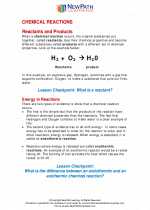
 Activity Lesson
Activity Lesson
 Worksheet/Answer key
Worksheet/Answer key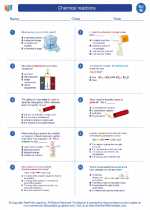
 Worksheet/Answer key
Worksheet/Answer key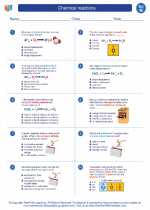
 Worksheet/Answer key
Worksheet/Answer key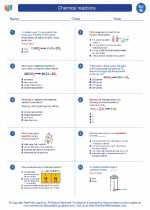
 Worksheet/Answer key
Worksheet/Answer key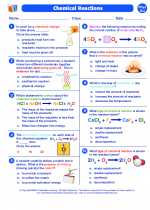
 Vocabulary/Answer key
Vocabulary/Answer key
 Vocabulary/Answer key
Vocabulary/Answer key